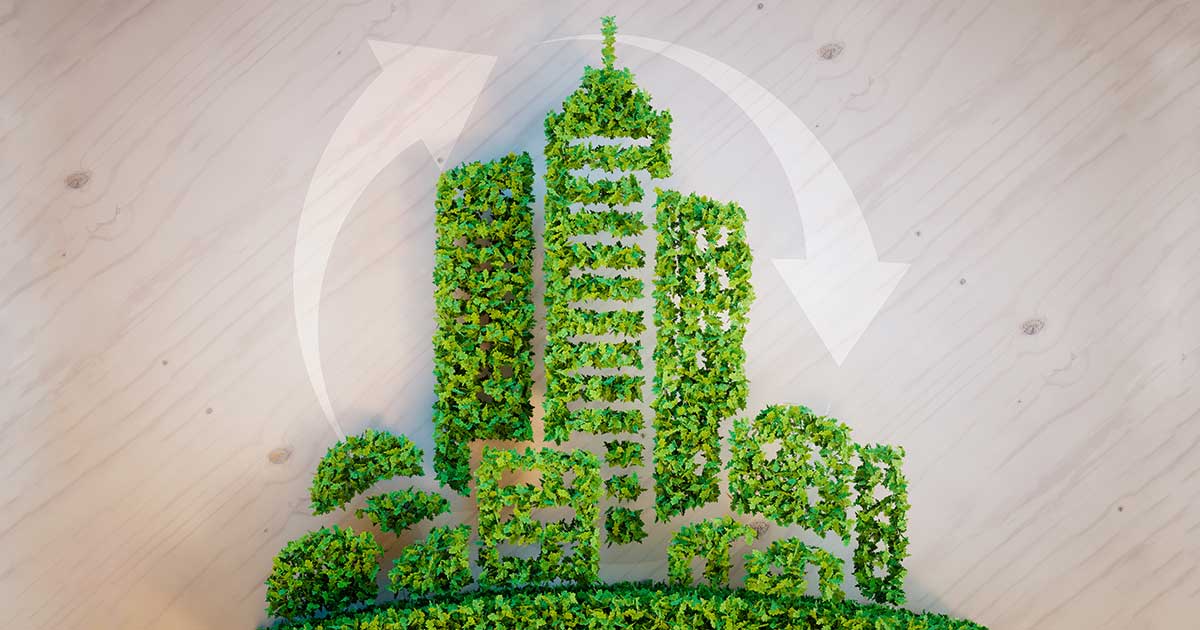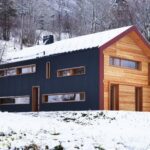The use of green materials in the construction of buildings
Whether you are a property owner or a contractor, there are several reasons to consider eco-friendly building materials for your endeavors. Investing in a sustainable construction project will reduce carbon emissions and improve the public’s perception of the company’s commitment to the environment.
If you incorporate LEED access doors and panels into the design of your building, there is a good chance that a building constructed with eco-friendly materials will obtain a LEED certification, which can enhance its reputation.
What Are Green Construction Materials?
Green building materials, also known as eco-friendly materials, are construction materials with minimal environmental impact. They consist of renewable resources as opposed to non-renewable ones. These must be natural and resistant to heat, humidity, and chill.
Here are some inventories of materials that will make your construction project environmentally friendly:
Bamboo
Bamboo is regarded as one of the most eco-friendly construction materials due to its incredibly high reproduction rate. After harvest, it continues to spread and thrive without the need for replanting. Bamboo has a high weight-to-strength ratio, is significantly stronger than brick and concrete, and is extremely durable. The finest material for cabinetry and flooring is bamboo.
Cork
Cork is resilient, reverts to its original form, and is flexible even when subjected to prolonged pressure. It is also resistant to and resilient against deterioration, which makes it a popular component of floor tiles.
It is superb at absorbing noise and ideal for use as insulation sheets. And due to its exceptional shock or pressure absorption properties, it is also the finest material for subflooring. It is also fire-resistant and an excellent choice for thermal insulators, particularly if it is left untreated when it burns; it does not emit toxic gases. It does not absorb water or promote decay.
Straw Bales
Straw Bales Straw bales are an additional building material that can be utilized as framing material, can function as a soundproofing material, and have excellent insulating properties. Additionally, it is the optimal fill material between beam framework and columns.
Straw can be effortlessly replanted and harvested with minimal environmental impact. The impact of turning material into bales is negligible. It can position ceilings, attics, and walls to contribute to a warming home temperature in the winter and a cooler home temperature in the summer.
Salvaged Wood
Utilizing reclaimed wood is one of the environmentally responsible methods to save trees and reduce the amount of lumber sent to landfills.
It is appropriate for framework, flooring, and cabinetry. Reclaimed wood is predominantly lightweight and has less strength, so each piece must be selected and evaluated for risk-free projects. In addition, it is vulnerable to deterioration and insects, necessitating additional treatment or reinforcement prior to use.
Wool from the sheep
Sheep’s fleece is an excellent alternative to insulation materials containing harmful chemicals. It can insulate dwellings just as effectively as conventional insulation and requires less energy to produce. It can enhance the structure’s soundproofing and energy efficiency. Unlike other natural insulation materials, such as cotton and fibre, it will not degrade rapidly. It is more abundant, simple to harvest, and rapidly regenerates.
HempCrete
This eco-friendly material resembles concrete and is produced from the woody inner fibres of hemp plants. The filaments are combined with lime to create lightweight, durable concrete-like blocks. It significantly reduces the amount of energy required to transport blocks and is lightweight. Hemp is a renewable, rapidly growing resource.
In conclusion, Numerous ecological building materials are currently available, and their properties primarily contribute to energy savings. However, the purpose of using these eco-friendly building materials is to create an energy-efficient building structure as well as a responsible and sustainable building structure that is also beneficial to the environment.
Disclaimer: This content is provided solely for your review. Erusu Consultants takes no liability for this article. The reader is advised to form their own opinion. Please consult a structural engineer before making any final decisions.






